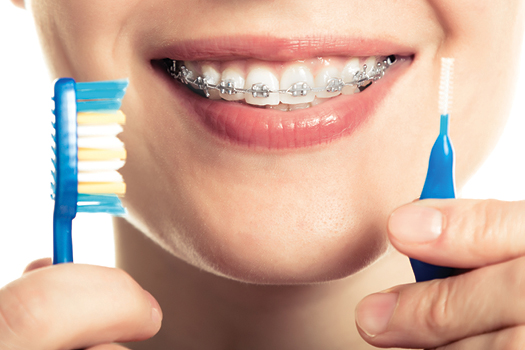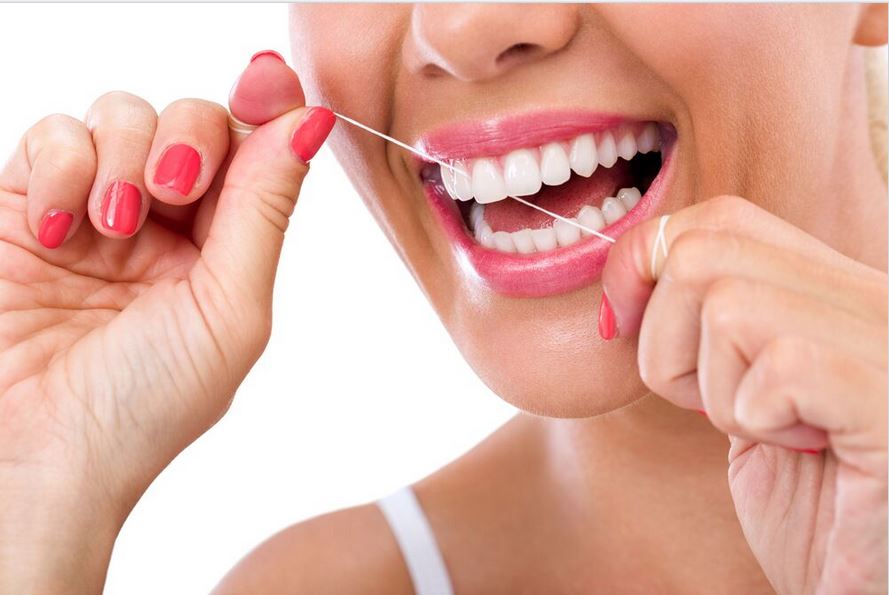Did you know that most types of tooth loss can be avoided? Of course, there will always be exceptions here and there, but when it comes to the most common situations we see in our Carnegie dentist office, there are steps you can take to prevent tooth loss from happening before it’s too late.
Here are a few tips:
Wear a Protective Mouthguard During Athletic Activities
Dental injuries occur every day, especially to athletes (no matter their age.) Wearing a custom fitted mouthguard offers the best protection against knocked out teeth and concussions.
Floss Every Day
The leading cause of tooth loss in adults is gum disease. Even if your brushing is great, it won’t clean between the teeth and under the gumlines where periodontitis starts. Clean these areas daily. If you hate flossing that much, consider investing in a water flosser.
Drink a Lot of Water
Staying hydrated rinses your mouth to neutralize bacteria levels, acids, and prevent xerostomia (a risk factor of tooth decay.) Tap water also contains fluoride, to make your teeth stronger.
Don’t Ignore that “Twinge” Feeling
Do one of your teeth feel “off” from the rest? Your body could be trying to tell you something. If a small cavity is starting to develop, it’s best to treat it while it’s still small. Large decay can spread quickly, to the point that the only option left to treat it is to remove the tooth.
Schedule Routine Dental Checkups
At North Road Dental Clinic, our Carnegie dentists recommend seeing patients for a checkup at least every six months. These frequent intervals help us to screen for problems earlier on (when treatment is easier) and work with patients to form good habits to intercept issues as they arise.
Call our Carnegie dentist today to schedule.
Read More



